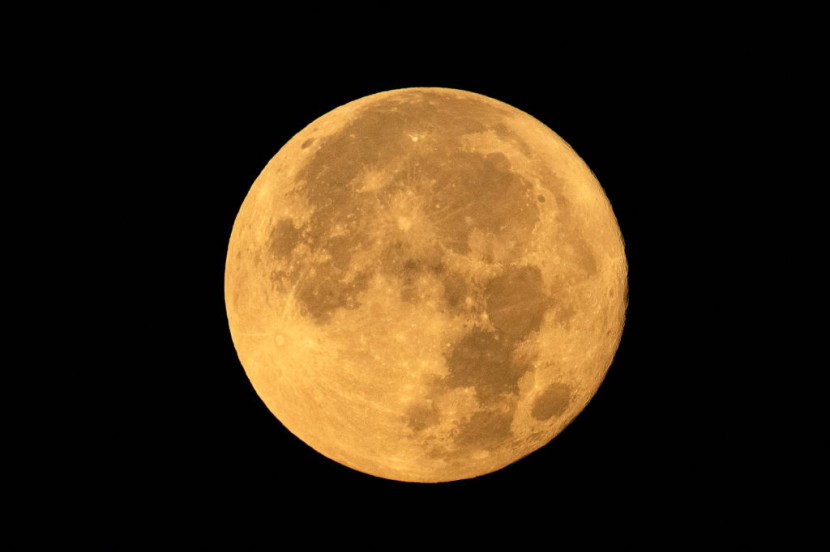
Russia's Luna 25 mission, the first lunar spacecraft sent by the Russian state after 47 years, has catastrophically failed after it spun out of control and crashed on the surface of the Moon Sunday (Aug. 20).
The country's space agency, Roscosmos, said Luna 25 had a problem preparing a pre-landing orbit and lost contact with the craft at 11:57 UTC Saturday (Aug. 19). It added the spacecraft moved into an "unpredictable orbit" before crashing into the Moon.
The mission was supposed to bring Moscow's status as a superpower in a renewed space race to the Moon, according to Reuters.
Russian space authorities said a special interdepartmental commission had been formed to investigate why and how they lost contact with Luna 25.
Luna 25's failure also comes as Russia's $2 trillion economy faces its biggest external challenge for decades, beginning from the fall of the Soviet Union to the West's sanctions because of its war in Ukraine.
The last time a Russian spacecraft was sent to the Moon was in 1976 when the Soviet Union launched its Luna 24 mission.
Roscosmos's Weakness
Meanwhile, RussianSpaceWeb.com creator and publisher Anatoly Zak said the spacecraft's flight control system was a vulnerable area that had to undergo countless fixes. He added that Russia was being too ambitious with executing a moon landing after almost 50 years of not sending a spacecraft to the Moon on a simpler mission profile.
It was also revealed that Russian scientists have repeatedly complained that its space program has been weakened by poor managers keen on unrealistic vanity space projects, corruption, and a decline in the rigor of Russia's post-Soviet scientific education system.
Read Also : India's Chandrayaan-3 Reaches Moon Orbit In Latest Attempt to Land on Earth's Celestial Neighbor
Haste Makes Waste
Luna 25 had a much shorter trajectory that it was supposed to land alongside the Indian Space Research Organisation's (ISRO) Chandrayaan-3 spacecraft, which was launched a few weeks earlier and is scheduled to land Wednesday (Aug. 23).
The Times of India reported that the spacecraft's propulsion module has more than 150 kilograms of fuel left, extending its life expectancy from three to six months to several years. The news came after Chandrayaan-3 executed its final lunar orbit insertion burns upon separating the lander module, named Vikram, which has also made its final deorbit burn.
Blazing a Trail for Artemis
As for NASA, it is preparing to launch its Lunar Trailblazer satellite, with a rideshare launch date set for no earlier than 2024, alongside the Intuitive Machines IM-2 mission, which would also target the Moon, Space.com reported.
Lunar Trailblazer's mission is to hunt for water on the surface of the Moon and attempt to map its abundance and distribution ahead of NASA's Artemis missions later in the decade.
© 2026 HNGN, All rights reserved. Do not reproduce without permission.








